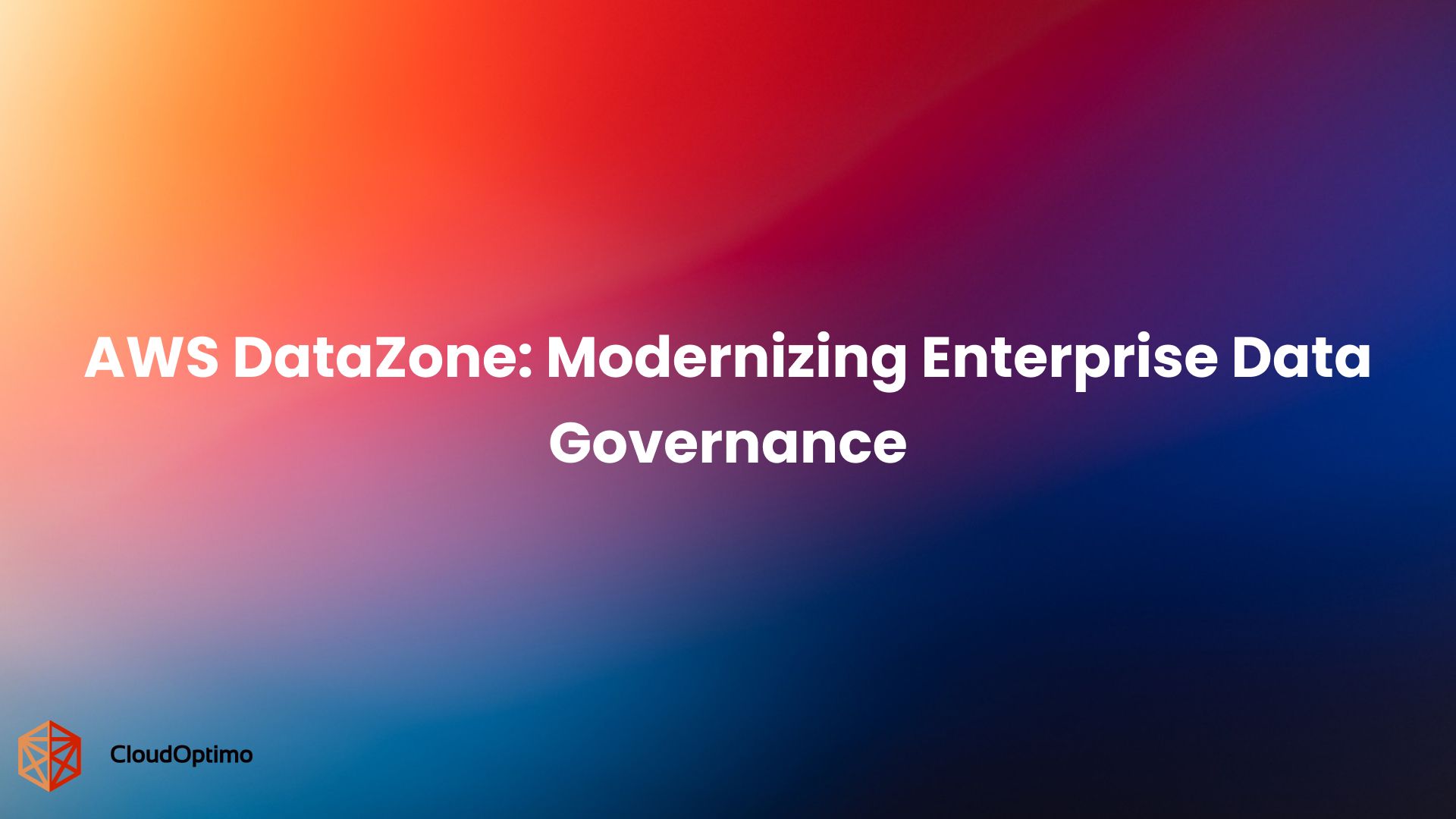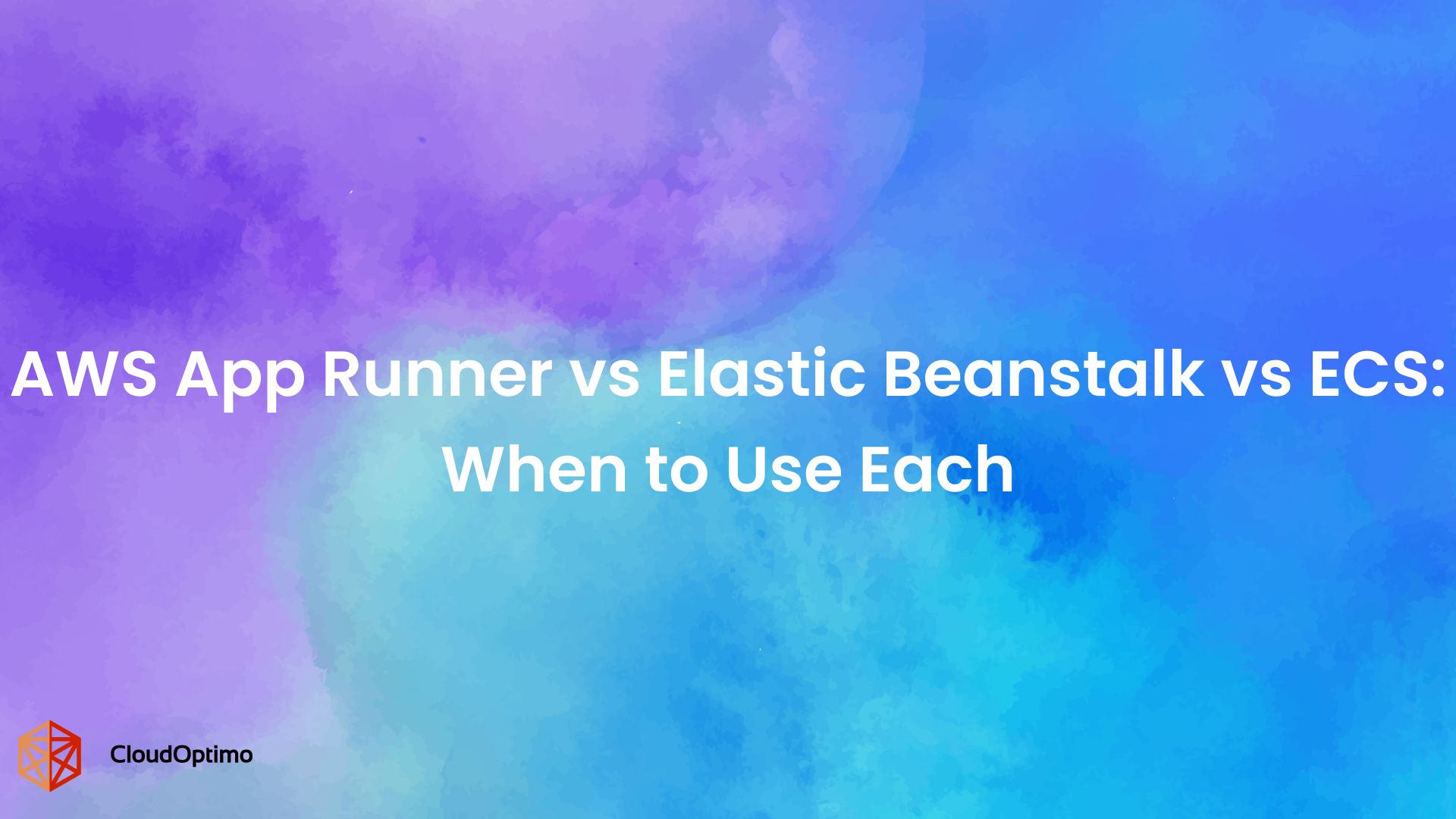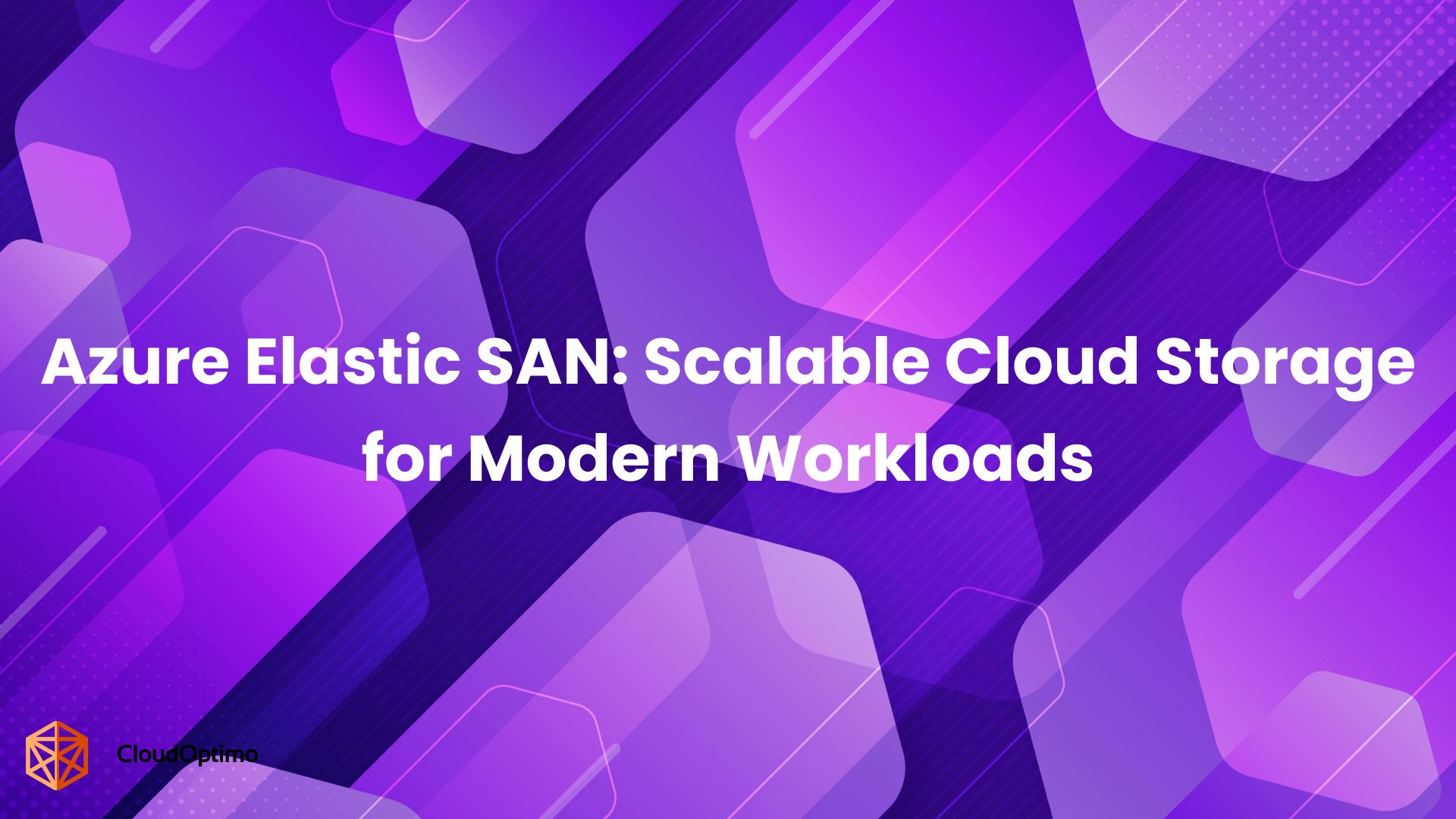What is optimal sizing or rightsizing?
Ever see your cloud monthly bill and wonder, “ Where did all this money go ?“Although cloud computing provides immense flexibility, cost management can be difficult to hand
Therefore, understanding cloud rightsizing is very important. Let’s take an example.
Imagine you're moving house and need to ship your belongings across state lines. You have two main options:
- Oversized Container: You rent a giant 40-foot container, thinking it's better to have too much space than not enough. However, you only fill half of it. This scenario represents overprovisioning.
- Cost: High. You pay for the entire container, even for the unused space. This is like paying for a premium service plan when a basic one would suffice.
- Downsizing Trap: You decide to save money and opt for a much smaller 20-foot container. Unfortunately, some furniture doesn't fit, forcing you to sell or store it elsewhere. This is similar to unstrategic downsizing.
- Cost: Moderate (potentially higher than optimal). You save on the container rental but incur additional costs like selling furniture at a discount or renting storage space. It's like canceling a subscription but needing to replace the service later at a higher price.
- Rightsizing for Efficiency: This is the golden path! You meticulously measure your furniture and research container sizes. You then choose a 20-foot container, strategically pack everything using space-saving techniques (like disassembling furniture and packing like a Tetris master!), and ensure everything fits perfectly.
- Cost: Optimal (potentially lower than downsizing). You get the right-sized container at a lower cost and avoid the hassle (and cost) of selling or storing unwanted items. It's like finding the perfect phone plan that meets your needs without overpaying.
Understanding Cloud Resources
Cloud cost optimization goes beyond saving money; it complements other cost-optimization techniques. To effectively implement these techniques, understanding the various cloud resources you're using is essential. Cloud providers offer a variety of resources, similar to the different tools you'd pack for a camping trip. Here are some common examples:
- Compute Instances: Think of them as cloud-based virtual servers. They have various CPU, RAM, and storage capacities and are available in varying configurations.
- Storage: This is the area in the cloud where your backups, apps, and data are kept. Different storage tiers exist, each with unique cost and performance characteristics.
- Databases: Like a filing cabinet for your information, cloud-based databases store and manage your structured data.
- Networking: This is the term for the virtual connections that act as a bridge between your cloud resources and the internet.
Why Rightsize?
Paying for services you won't use is blind spot spending, although cloud computing has great scalability. Rightsizing your cloud environment appropriately will help you get the most out of your investment.
- Financial Sustainability:
Optimizing your cloud resource spending lets you avoid and control unnecessary spending on resources that are not in use.
- Increased Efficiency:
Optimizing cloud costs allows you to utilize resources effectively. Saves you the hassle of underutilization or overutilization of your resources. It ensures managing and maintaining your cloud resources is smooth and easy.
- Innovation Boost:
Cost savings achieved through optimization can be directed toward innovation, new technologies, and other business initiatives.
Process of Rightsizing
- Identify Underutilized or Overprovisioned Resources
Seek out instances where the CPU, memory, or storage utilization is consistently low over some time (30-60 days); these are excellent candidates for downsizing. On the other hand, it is important to note which resources are reaching capacity or exhibiting regular spikes; these may require scaling.
- Rightsize Based on Needs
Once optimization opportunities have been identified, make the necessary adjustments to resource configurations. Cloud providers offer different instance types with varying amounts of RAM, processing power, and storage capacity. Consider future scalability needs and select the option that most closely matches the demand of your workload.
- Monitor and Refine
Rightsizing is an ongoing process. Monitor resources currently in action and make adjustments when necessary to ensure stability and effectiveness. If you are handling large cloud environments, consider leveraging automation.
| Steps | Description |
|---|---|
| Analyze Usage & Performance | Gather data on cloud resource usage metrics (CPU, memory, storage, etc.), Analyze application performance metrics (response times, throughput), and Identify peak usage periods and resource bottlenecks. |
| Identify Rightsizing Candidates | Focus on resources that need to be more utilized or overprovisioned. During rightsizing, consider resource dependencies and potential impacts on other applications |
| RightSizing Strategies |
|
| Workload Placements | Categorize your instances based on the criticality or nature of workloads like QA, Staging, or Production. Check if the region you are using is expensive and if you could migrate non-critical workloads like QA, Staging, etc., to cheaper regions. Sometimes, the difference is huge(more than 40% in a few cases). |
| Implementation & Monitoring | Implement the chosen rightsizing strategy (e.g., through the cloud provider's management console or automation tools). Monitor resource usage and performance after rightsizing to ensure stability and effectiveness. Continuously review usage patterns and repeat the process periodically for ongoing optimization. |
Benefits of Rightsizing
- Reduced Costs: Rightsizing can significantly reduce cloud spending by eliminating unnecessary resource consumption, freeing up capital to focus on other areas of your business. Several studies have pointed toward significant savings of up to 30%–70%.
- Improved Performance: Rightsizing ensures you have the optimal resources to support your workloads, not stretched too thin or underutilized, leading to better performance and a smoother user experience.
- Enhanced Resource Utilization: Rightsizing promotes efficient resource utilization, preventing waste. It makes sure your resources are working at peak efficiency.
- Disaster Recovery: In critical situations with surging workloads, cloud rightsizing allows you to scale up or down resources and manage workflow, ensuring critical operations continue uninterrupted.
Things to keep in mind while implementing rightsizing
It is very important to plan before you rightsize your cloud environment to optimize cost and performance. Begin by identifying underutilized resources and also consider future needs while selecting instance types. Continuously monitor usage and adjust the configuration as needed. One needs to take into account, that rightsizing is an ongoing process, not a one-time event.
OptimoSizing takes out most of your guesswork, helping you achieve optimal performance and significant cost savings. Our solution continuously monitors usage patterns and automatically adjusts configurations as needed. OptimoSizing recommends the perfect instance types by analyzing multiple sets of parameters, including current resource utilization, workload demands, and future scaling needs. This ensures your cloud spending is optimized.
Check out Top Tricks to Optimize the Cost of AWS to explore more tips and tricks on optimizing your cloud costs.
While rightsizing offers significant benefits, it comes with its challenges. Here's a quick look:
- Predicting Workloads: One cannot foresee the amount of workload they are about to receive. Accurately forecasting future resource needs is a challenge.
- Performance Impact: Scaling resources can sometimes impact application performance during the transition.
This insightful blog post highlighted the significance of rightsizing while focusing on the complexities of cloud cost optimization strategies.
The Future of Rightsizing
Technological developments in AI and ML have the potential to enhance automation and optimize the rightsizing procedure. AI/ML can streamline rightsizing for businesses by analyzing usage patterns, forecasting requirements, and recommending adjustments.
Rightsizing has a bright future. Businesses can predict even more automation and optimization in their cloud environments as AI and machine learning (ML) complexity advances. AI/ML can analyze usage patterns, forecast future resource requirements, and accurately make real-time adjustment recommendations. This will speed up the rightsizing procedure and enable companies to concentrate on their core skills while optimizing the return on their cloud investment.
Although AI/ML-driven rightsizing holds much promise for the future, powerful tools are already available to help you get the most out of your cloud investment. You can use cutting-edge technology to analyze your cloud usage patterns, identify areas for optimization, and automatically receive cost-saving recommendations.
Visit our CloudOptimo to learn more about our cloud solutions.
Sign up for a free trial.





